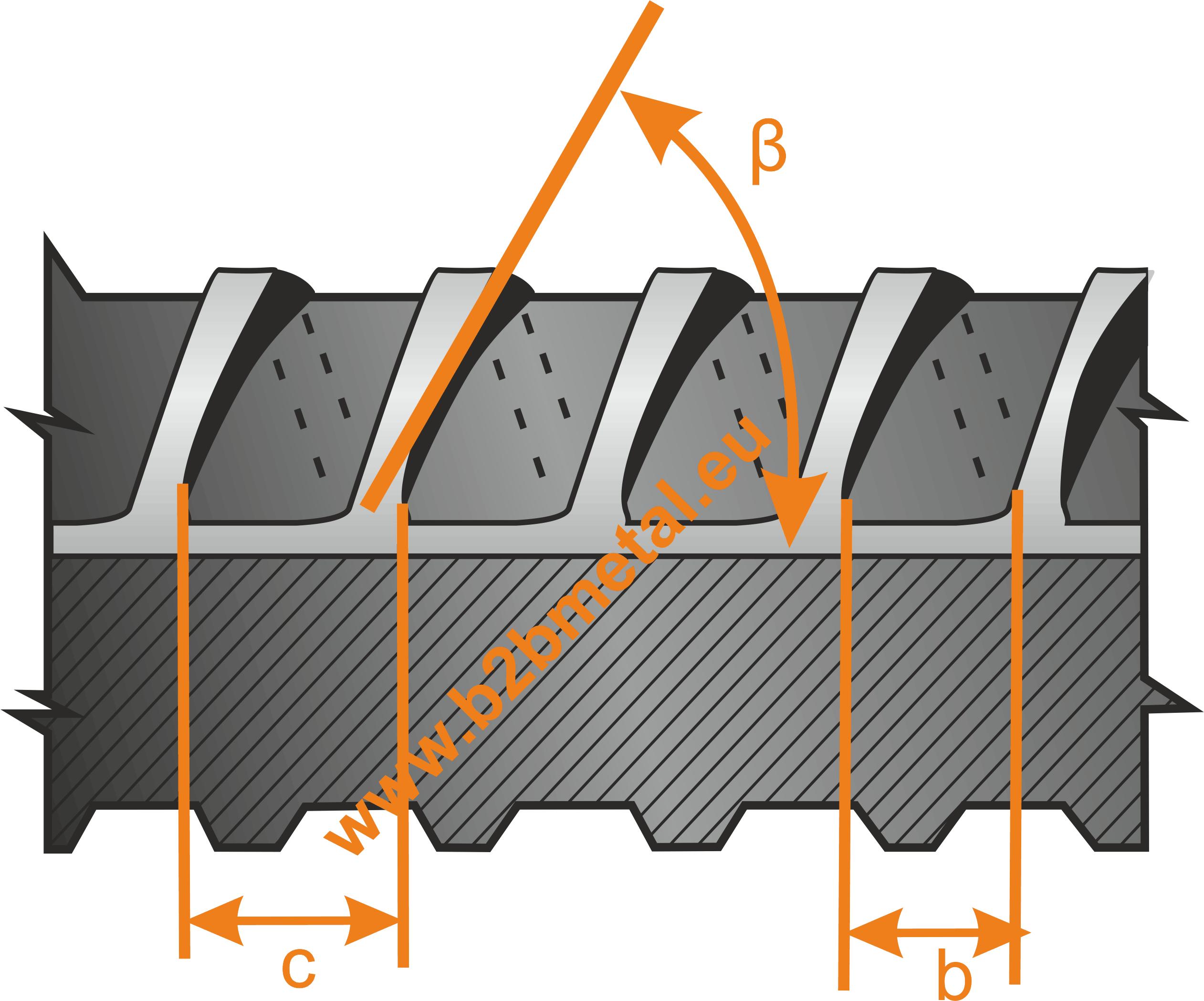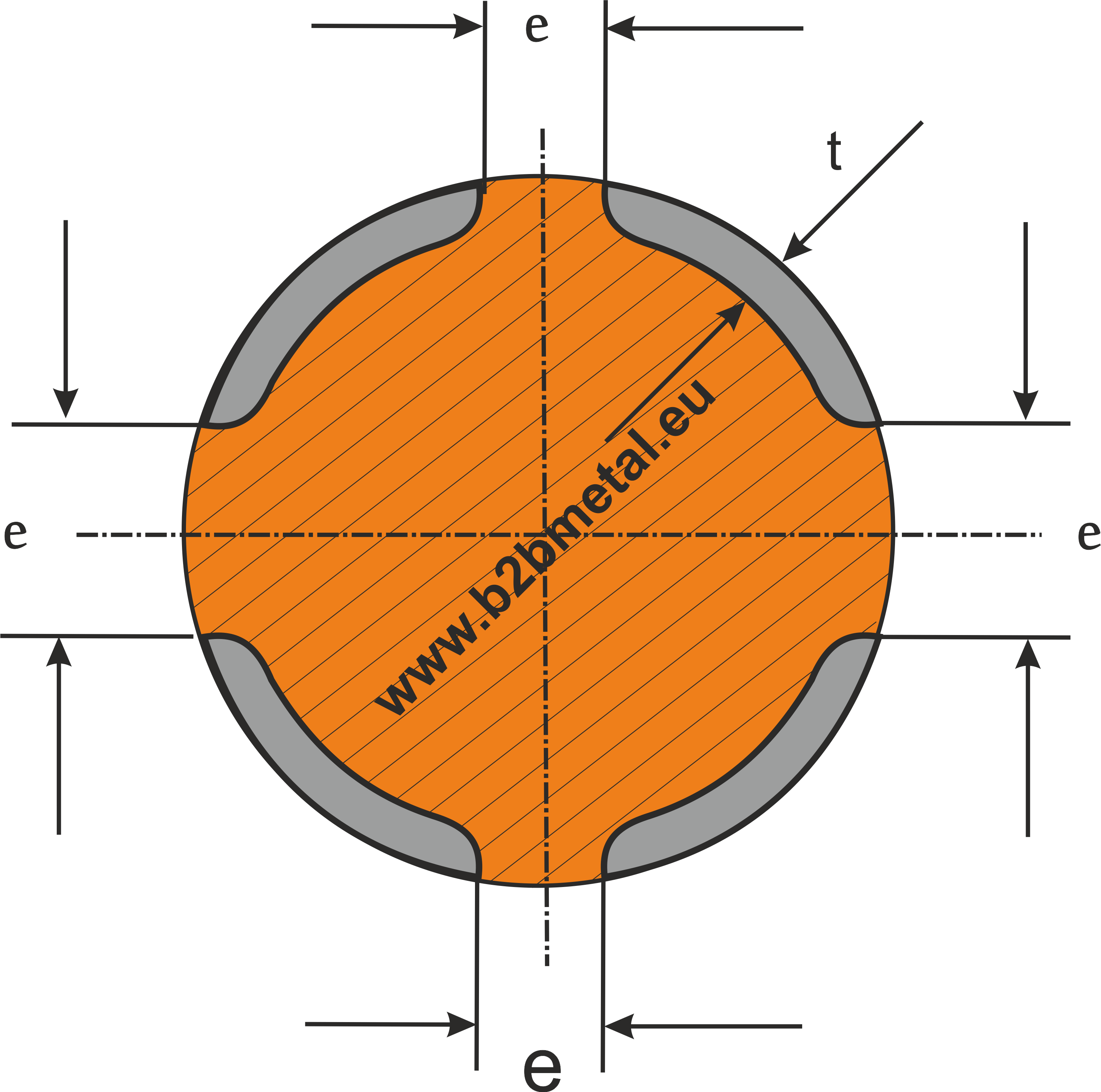- HEA (IPBL) beams, European standard wide flange H beams, dimensions, specifications. HE A beams in accordance with former standard Euronorm 53-62
- HEB beams, European standard wide flange H beams, dimensions, specifications. HE B beams in accordance with former standard Euronorm 53-62
- HEM beams, European standard wide flange H beams dimensions, specifications. HE M beams in accordance with former standard Euronorm 53-62
- IPE beams. European standard universal I beams (I section) with parallel flanges. Dimensions, specifications, accordance with former standard EU 19-57
- IPN (INP) beams. European standard universal steel I beams (IPN section) flange slope 14 %. Properties, dimensions, specifications, DIN 1025-1: 1995
- I sections GOST 8239-89 specification, Russian standard I steel beams with slope flange
- I sections GOST 26020-83 specification, Russian standard I steel beams with parallel flange
- Equal flange tees, Tee sections specification, dimensions, properties. T profile accordance to standard EN 10055:1995
- UPN (UNP) European standard U channels, UPN steel profile specifications, dimensions, properties
- UPE European standard U channels (U profile) with parallel flanges. UPE steel beam specifications, dimensions, properties
- UE channels GOST 8240-89, PN-H-93451 . Russian standard U steel sections (UE beams, UE profiles) with taper flanges specifications, properties, dimensions
- UE channels GOST 8240-89. Russian standard U steel sections (UE beams, UE profiles) with parallel flanges specifications, properties, dimensions
- L profile, steel equal angles sections sizes, dimensions, properties, specifications
- L profile, steel unequal angles, sections sizes, dimensions, properties, specifications
- Square Hollow Structural Sections - HSS, EN 10219:1997 Cold Formed steel square sections
- Square Hollow Structural Sections - HSS, EN 10219:1997 Hot Formed steel square sections
- Square structural hollow sections - HSS of EN 10210, properties hot formed square hollow sections
- Rectangular structural hollow sections - HSS of EN 10219, cold formed steel rectangular sections
- Rectangular structural hollow sections - HSS of EN 10210, hot formed steel rectangular sections
- Circular structural hollow sections, longitudinally welded. Steel pipes of EN 10219 specifications
- Circular structural hollow sections, spirally welded. Steel pipes of EN 10219 specifications
- Seamless, circular, tubular, hot formed structural hollow sections, EN 10210 properties, specifications
- CSN EN 10080:2005 Steel for the reinforcement of concrete - Weldable reinforcing steel - Bar, coil and decoiled product — Specification
-
Rebar standards specifications, characteristic according to different countries national standard.
Performance characteristics EN 10080:2005 - Bond strength and surface geometry
Performance characteristics EN 10080:2005 - Bond strength and surface geometry
General
Ribbed and indented steel products covered by this document are characterized by their surface geometry, by means of which bond with the concrete is achieved. Bond property requirements of ribbed and indented reinforcing steels shall be based on surface geometry. Alternatively, bond property requirements of ribbed and indented reinforcing steels may be determined by appropriate bond tests, see Annexes C and D. The assessment criteria of these tests shall be as given in e.g. the appropriate product specification or design standard. In this case, provisions shall also be given for establishing factory production control requirements for the surface geometry based on the bond test results.
Surface geometry of ribbed steel
General
Ribbed steels are characterized by the dimensions, number and configuration of transverse and longitudinal ribs. The products shall have two or more rows of transverse ribs uniformly distributed around the perimeter. Within each row, the ribs shall be uniformly spaced. Longitudinal ribs may be present or not.
An example of a ribbed steel is given in Figure below.
The rib parameters may be specified by either the relative rib area f R , or by a combination of rib spacing, rib height and rib inclination of the transverse ribs, or by both criteria. Measurements of rib parameters and fR shall be performed according to EN ISO 15630-1.
 |  |
Indented steel according to this document shall satisfy the requirements given in Indentation geometry
The values of the indentation parameters shall be within the ranges given in Table below, where d is the nominal diameter of the bar, rod or wire.
The indentations shall form an angle of inclination with the longitudinal axis, ß of 35° to 75°.
Table — Ranges for the indentation parameters
| Depth of
indentation
t | Width
b | Spacing c | Sum of gaps Σe max. |
| 0,02 d to 0,1 d | 0,2 d to 1,0 d | 0,4 d to 1,5 d | 0,75 d |